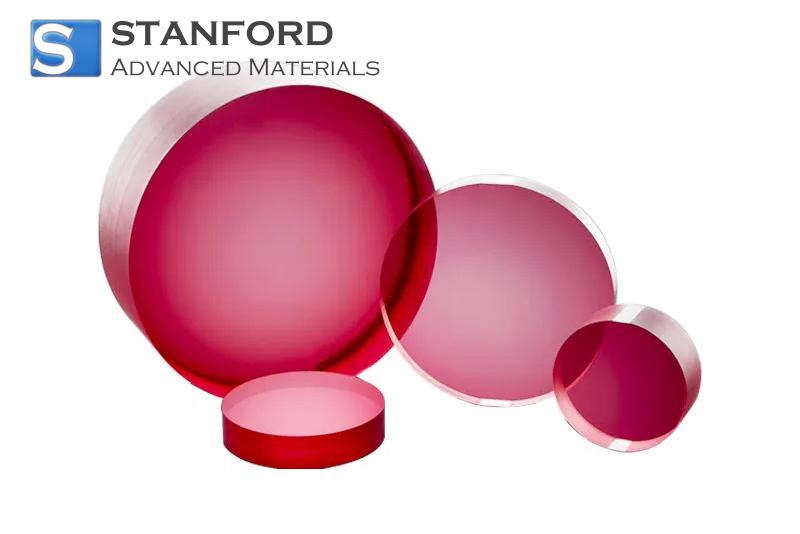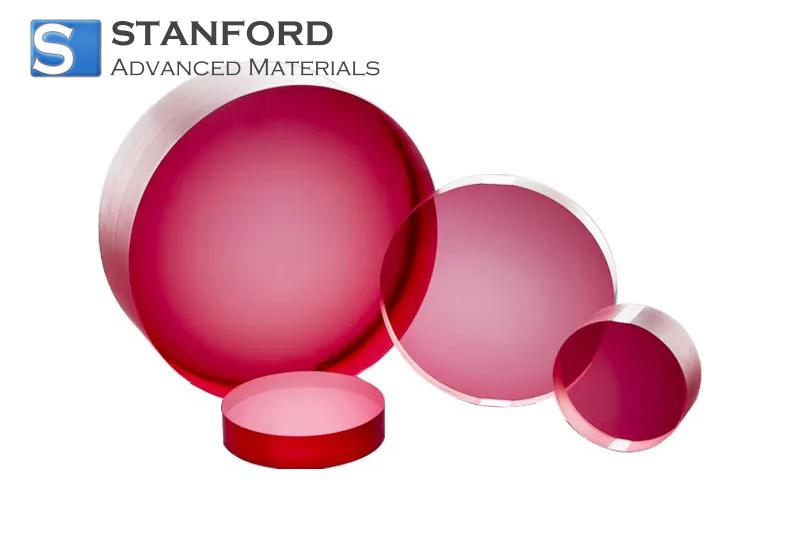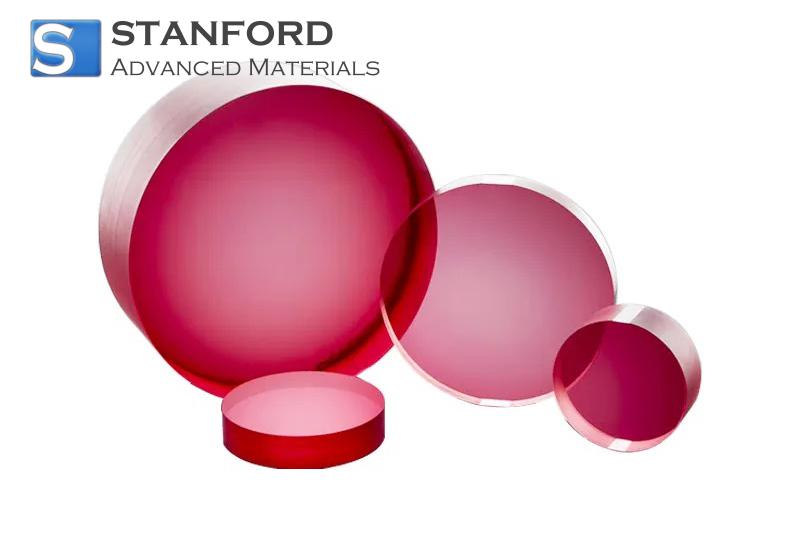Medical Grade versus Cosmetic Grade Hyaluronic Acid
Introduction
Hyaluronic acid is a substance found naturally in the body. It acts as a lubricant and maintains tissue moisture. Over time, scientists have incorporated hyaluronic acid in various treatments and beauty products. Some of these products use hyaluronic acid that is classified as medical grade, while others use a form known as cosmetic grade. Each type possesses its own unique properties and applications.
What Is Medical Grade Hyaluronic Acid?
Medical grade hyaluronic acid is of high purity. It is produced under strict conditions, utilising high quality raw materials. The production process adheres to regulatory standards, with quality control applied at every stage. This grade is often involved in treatments that require injections, including joint therapies and certain ophthalmic procedures. Many practitioners use medical grade hyaluronic acid to alleviate pain and discomfort associated with osteoarthritis. Furthermore, certain dermatological treatments rely on its high quality. Its structure closely resembles that produced naturally by the body, thereby facilitating acceptance by the body. In some cases, it is administered alongside other therapies. Simple tests and evaluations support its medical application.
What Is Cosmetic Grade Hyaluronic Acid?
Cosmetic grade hyaluronic acid is primarily utilised in beauty products. It is found in lotions, creams, and serums aimed at enhancing skin appearance by making it look more youthful and hydrated. The production process does not employ the same stringent controls as that of medical grade production. Cosmetic grade hyaluronic acid is refined to a level that is deemed safe for topical use. Manufacturers produce it at a lower cost than its medical grade counterpart. In some instances, the source materials may contain impurities that do not adversely affect the skin. The particle size in cosmetic formulations may vary, with some designed to remain on the skin's surface while others penetrate more deeply. However, the effects are predominantly superficial, assisting the outer layer of skin in retaining moisture and producing a plumper, more youthful appearance.
Medical Grade vs Cosmetic Grade Hyaluronic Acid: What Are the Differences?
The primary difference lies in quality. Medical grade hyaluronic acid is purer, undergoing rigorous testing and adhering to strict quality standards. Cosmetic grade hyaluronic acid is sufficiently refined for skin use but does not meet all medical benchmarks.
The second difference concerns application. Medical grade is applied in treatments necessitating injections, requiring a substance that the body readily accepts. Its high purity helps to diminish the likelihood of side effects. Cosmetic grade is found in everyday products, which include facial creams and serums aimed at hydrating the skin. Their use tends to be more surface-level, although beneficial for daily skin care.
Another difference pertains to cost. Medical grade hyaluronic acid is generally more expensive due to its controlled production process. In contrast, cosmetic grade formulations are manufactured in larger quantities, making them more affordable for consumers seeking regular skincare products.
There is also a distinction in molecular weight and viscosity. Medical grade products provide consistency that focuses on high molecular weight, critical for joint treatments or other medical applications. Cosmetic grade products appear in various molecular weights; some are tailored to remain on the skin while others are designed for deeper penetration. Thus, options depend on the intended outcome.
An example of application can be observed in osteoarthritis treatment where medical grade hyaluronic acid injections cushion the joints. Conversely, in cosmetic applications, the ingredient is included in creams that enhance skin smoothness. Each serves its specific purpose, whether aiding in healing or enhancing beauty.
Further reading: Sodium Hyaluronate Products of Different Technical Specifications: Molecular Weight and Viscosity
Conclusion
Both forms of hyaluronic acid play significant roles in contemporary health and beauty care. Medical grade hyaluronic acid is reserved for treatments necessitating high-quality, injectable formulations. Cosmetic grade hyaluronic acid is effective in daily applications to assist skin in retaining moisture and maintaining a vibrant appearance. For additional HA products, please visit Stanford Advanced Materials (SAM).
Frequently Asked Questions
F: Is medical grade hyaluronic acid safe for joint injections?
Q: Yes, it possesses high purity and is specified for intra-articular use.
F: Can cosmetic grade hyaluronic acid induce skin irritation?
Q: It is generally safe, although it may provoke irritation in sensitive skin.
F: Do both grades contribute to skin hydration?
Q: Yes, both types assist in hydration, but cosmetic grade primarily targets surface hydration.

 Bars
Bars
 Beads & Spheres
Beads & Spheres
 Bolts & Nuts
Bolts & Nuts
 Crucibles
Crucibles
 Discs
Discs
 Fibers & Fabrics
Fibers & Fabrics
 Films
Films
 Flake
Flake
 Foams
Foams
 Foil
Foil
 Granules
Granules
 Honeycombs
Honeycombs
 Ink
Ink
 Laminate
Laminate
 Lumps
Lumps
 Meshes
Meshes
 Metallised Film
Metallised Film
 Plate
Plate
 Powders
Powders
 Rod
Rod
 Sheets
Sheets
 Single Crystals
Single Crystals
 Sputtering Target
Sputtering Target
 Tubes
Tubes
 Washer
Washer
 Wires
Wires
 Converters & Calculators
Converters & Calculators
 Write for Us
Write for Us



 Chin Trento
Chin Trento



